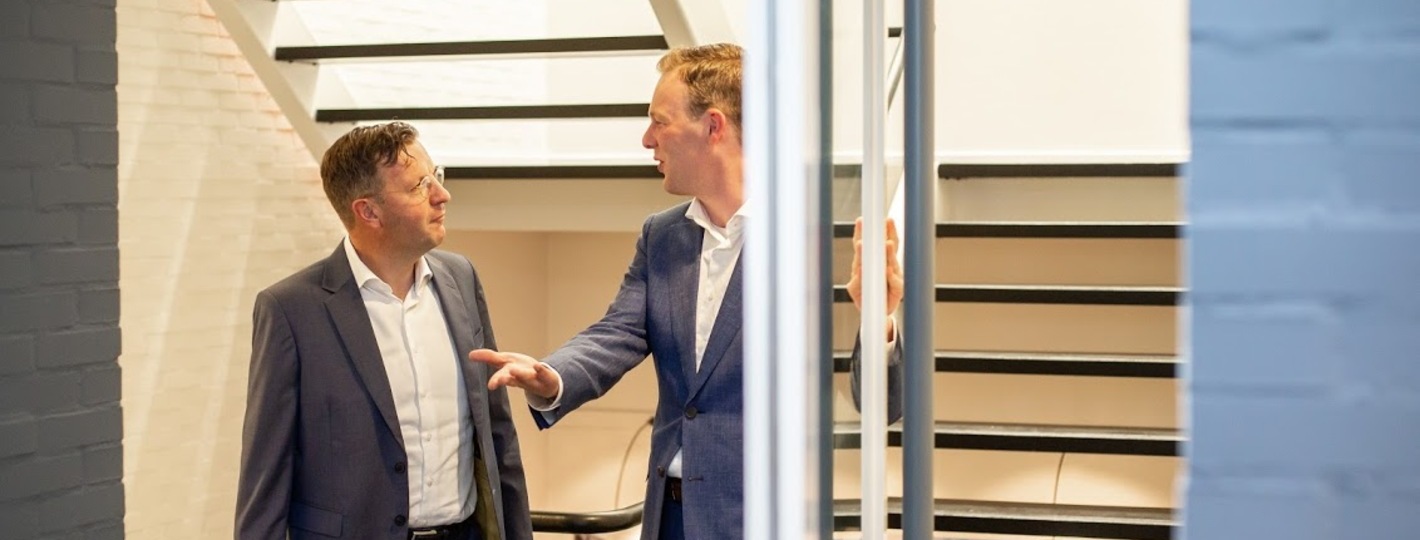Budget Day Special 2025
Cars & mobility

Improvements in additional tax liability on zero-emission vehicles
On cancellation of the reduced additional tax liability for entrepreneurs subject to income tax rules and employees with zero-emission company vehicles, a few technical changes come into force. These changes ensure that tax legislation is consistent with the cancellation of the reduced additional tax liability for zero-emission vehicles. In future, a single rate of addition of 22% will apply.
Take note!
For zero-emission vehicles with the date of first registration in 2025, a further 60 months of 17% additional tax liability applies to the full value of hydrogen/solar-powered vehicles or up to a catalogue value of € 30,000 for other vehicles.
Extension of reduced rates of excise duties on fuels
The reduction in rates of excise duties on petrol, diesel and LPG introduced in 2022 has been extended. The rates remain the same as those of 1 July 2023 and have therefore not been re-indexed. This temporarily keeps the driving of vehicles cheaper for a while. This measure costs all taxpayers more than € 1.7 billion. The reduced rate is expected to be passed on largely to the consumer. The benefit is therefore mainly given to 'frequent drivers', while households without a car gain no benefit. The rates, however, remain above the EU minimum levels.
Take note!
The temporary rate reduction ceases at the latest on 1 January 2027.
Special emission-free vehicles and engines
For special emission-free (including electric) vehicles, such as campers and wheelchair accessible vehicles, as well as for emission-free motorcycles, the private motor vehicle and motorcycle tax (BPM) will be adjusted until 2030. Just like regular emissions-free passenger vehicles, they will have a flat rate of € 667 for special passenger vehicles and € 200 for motorcycles. This corrects the previous, unintended increase in the tax burden and sustains the incentive for emission-free mobility.
Tip!
For purchases from 2025, please check that the correction of the BPM tax has been applied correctly.
Autonomous sustainable development of private motor vehicle and motorcycle tax (BPM)
The BPM rates have been adjusted to an autonomous sustainable development: new vehicles emit somewhat less CO2 each year. To keep tax revenue stable, CO₂ limits are dropping and rates are rising (2026: -1.55%/+1.57%, 2027: -1.46%/+1.48%, 2028: -1.38%/+1.40%). This means, the average BPM per vehicle remains the same, the tax incentive for cleaner vehicles is sustained and there is more clarity and predictability for the sector over the coming years.
Rate reduction of motor vehicle tax on emissions-free vehicles
A rate reduction of 30% of the motor vehicle tax (motorrijtengenbelasting, MRB) will apply to emission-free passenger vehicles (EVs) and campers (from 2026 to 2028, after which the rate reduction will be 25%). This rate reduction compensates for the higher weight of the battery and prevents emission-free vehicles from becoming more expensive than comparable petrol-driven vehicles, thus maintaining the growth of electric vehicles in the Netherlands’ fleet and sustaining the ongoing climate objective. For emission-free vans, the rate reduction does not apply. Provinces are fully compensated for foregone surcharges.
Take note!
By 2029, the rate reduction will drop to 25% again and will be scrapped in 2030.
Discontinuation of motor vehicle tax refund scheme on HGVs
The refund scheme in the motor vehicle tax for HGVs will be discontinued upon entry into force of the Dutch Heavy Goods Vehicle Charge Act (Wet vrachtwagenheffing) (scheduled for: 1 July 2026). The structural reduction in the motor vehicle tax rate for HGVs removes the need for this refund, which is barely being used anyway. This leads to a simplification of the regulations and reduces the administrative burden.
Tip!
Take the discontinuation of the regulation into account on restructuring the vehicle fleet in 2026.
Motor vehicle tax quarter rates to be discontinued
The current quarter rates in the motor vehicle tax (MRB) for vehicles used as equipment or workshops and for vehicles operated by fairground and circus operators, will be restricted to vans as of 1 July 2026 and will be fully discontinued as of 1 January 2028. The advent of the heavy goods vehicle charge will remove the need for these regulations for HGVs.
Take note!
Owners of relevant vans will have to take the regular rate into account from 2028 onwards.
Remedy to Eurovignette rates
Some of the rates under the Heavy Goods Vehicle Charge Act (Wet belastingzwaremotorrijtuigen, Wbzm) will be adjusted retroactively to 25 March 2025, to fully comply with the Eurovignette Treaty. For example, in three cases the rate for carbon emission class 5 with more than 4 axles, will be € 1 higher and the daily rate for carbon emission class 2, will also be € 1 higher. The monthly rate for carbon emission class 1 will be € 3 lower. The change has a limited financial impact and mainly contributes to compliance with the amended Eurovignette Directive.
Getting in touch is the first step
Leave your details and we will respond within 2 working days
